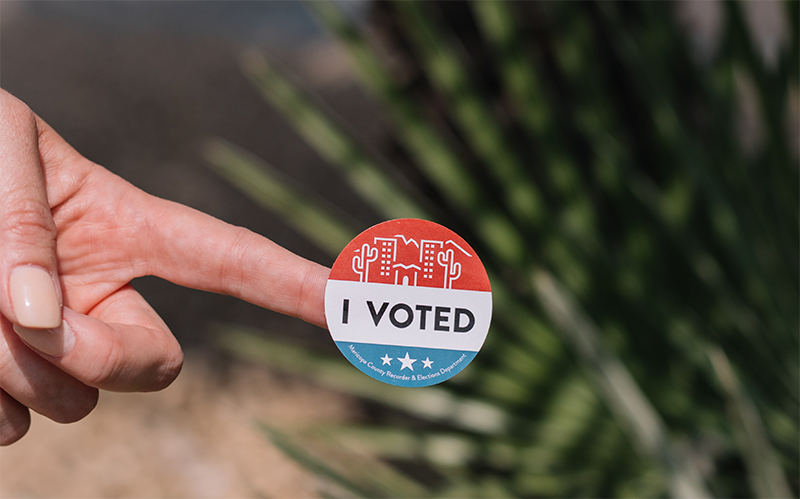In the past two decades, voter registration policies have changed to provide more options for citizens to register to vote through state elections websites, automatically through interactions with state agencies, on the day of elections or early voting, and before they turn 18 years of age. Despite these expansions in the methods available for citizens to register to vote, voter registration has remained significant barrier to participation for young voters and voters from historically underrepresented backgrounds. In this study, we seek to evaluate the extent to which expansions in voter registration policies in recent years have impacted voter registration and turnout in the United States, especially among young voters and racial or ethnic minority voters.
Using a nationally-representative voter file sample and an analysis of state-level policies, we conduct an empirical, multi-level analysis to estimate the potential impacts of expanded voter registration policies (specifically Automatic Voter Registration (AVR), Online Voter Registration (OVR), Same-day Voter Registration (SDR), and pre-registration of youth before they turn 18 (pre-reg)) on voter registration and turnout while controlling for both individual and contextual state- and county-level factors that are known to impact voting behavior.
We find that although there is a correlation between SDR and turnout, and between OVR and registration rates, these relationships are not significant after controlling for confounding factors at the state and county level. However, when we look at subgroups of interest, there are significant relationships between policy and outcomes. For youth, same day registration is positively associated with voting, but negatively associated with registration, which may indicate that SDR is supporting those voters most susceptible to being dropped from the rolls. OVR is associated with higher registration rates among youth and negatively associated with turnout. This suggests that while OVR makes registration more accessible to young people, it is not mobilizing them to get to the polls. For people of color, we see a similar negative relationship between SDR and registration, which again may mean that the most vulnerable parts of the population are not staying on the rolls between elections. While these findings are somewhat complex to parse, they do offer some initial evidence for the role that expansive registration policies can play in reaching traditionally underrepresented voters and merit further study.

